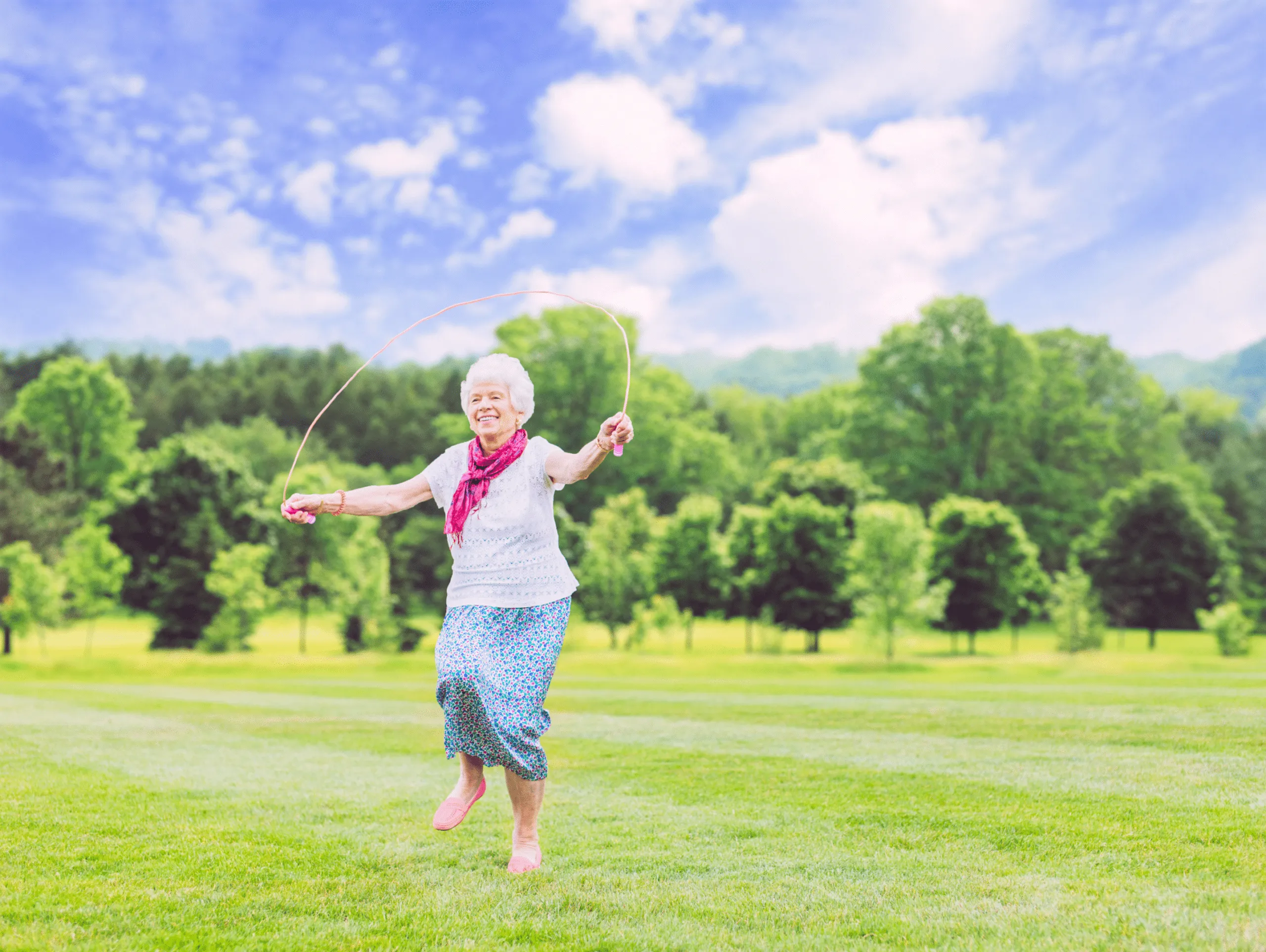Written by: Elizabeth Lobron, Care Designer of Nurse Next Door Diablo Valley (PLEASANT HILL, CA)
Before disaster strikes, it's important to think about what steps you and your loved ones should be taking to be prepared in case of an emergency. Emergency preparedness is the steps to take to be ready to respond to and survive during an emergency and the ability to survive on your own until help arrives.
Some examples of large scale emergencies that are typically thought of when discussing emergency preparedness are natural disasters (hurricanes, earthquakes, tornadoes, flooding), wide-spread disease outbreaks (avian flu) and terrorist attacks.

For individuals or families, emergency preparedness might also include plans to respond to a house fire, an extended power outage or an evacuation.
Government agencies, communities, businesses, hospitals and emergency responders spend significant time, resources and monies preparing for these emergencies through planning and drills etc.
The federal government advises individuals and families to have their own emergency plans including an emergency kit, a family emergency plan and a family communications plan.
We share some information and resources for emergency preparedness for seniors below.
1. Register with Wireless Emergency Alerts (WEA'S)
Wireless Emergency Alerts - During an emergency, officials need to provide the public with life-saving information quickly. Wireless Emergency Alert (WEAs), made available through the Integrated Public Alert and Warning System (IPAWS) is one of the ways public safety officials can quickly alert and warn the public about serious emergencies.
- WEAs can be sent by state and local public safety officials, the National Weather Service, the National Center for Missing and Exploited Children, and the President of the United States
- WEAs can be issued for three alert categories – imminent threat, AMBER, and presidential
- WEAs look like text messages but are designed to get your attention and alert you with a unique sound and vibration, both repeated twice
- WEAs are no more than 90 characters, and will include the type and time of the alert, any action you should take, as well as the agency issuing the alert
- WEAs are not affected by network congestion and will not disrupt texts, calls, or data sessions that are in progress
- Mobile users are not charged for receiving WEAs and there is no need to subscribe
- To ensure your device is WEA-capable, check with your service provider
2. Prepare an Emergency Communication Plan
Discuss your needs and responsibilities and how friends and family in your network can assist you. Create your own personal network list for specific areas where you need assistance. It is very important to rehearse your family emergency plan on a regular basis!
To prepare an emergency plan, visit: https://www.ready.gov/make-a-plan
3. Prepare an Emergency Preparedness Kit
Put together an Emergency Preparedness Kit and store it somewhere accessible. A lot of the items in the kit may be things you already have, but get them together to a designated spot, such as where you keep your camping gear or in the garage.
The purpose of this kit is whether it be a flood or earthquake, the power might go out, so the items in your kit are essential for survival. Items would include water, flashlight, first aid kit, canned food etc (see more in the videos below), but it's also especially important for seniors to have a printed copy of their medical information.
In case the emergency requires you to leave your house, have a "Bug-Out Bag" or "Go Bag" prepped and ready near your vehicle or near the way out. Not sure if you should stay put or bug out? Here is an in-depth resource explaining what would best suit your situation.It is also advisable to regularly check your kit to be sure that the supplies are in working order and the food/water has not expired!
Here is a great example of an Emergency Preparedness Kit for older adults:
Check out this video, important essentials no matter if you stay in and bug out:
FEMA provides excellent resources for people to plan ahead, whether for themselves or with family. Be sure to check out their website. Here is the Canadian Emergency Preparedness Guide.
Whether you're bugging out or staying at home during a disaster, it's important to receive proper nutrition as a senior. In this video, they discuss some great options to keep on hand to compliment your Emergency Preparedness Kit.
This blog was contributed by Elizabeth Lobron, who with her husband, Robert Lobron, are the proud owners of Nurse Next Door Diablo Valley, CA. Take a look at A Day in the Life of what they do!
Nurse Next Door Home Care Services is a happier, safer and less expensive option for your aging loved one to stay at home.
Ready to Get Started?
We are here for you 365 days a year. Give us a call or fill out the Caring Consult form.


























